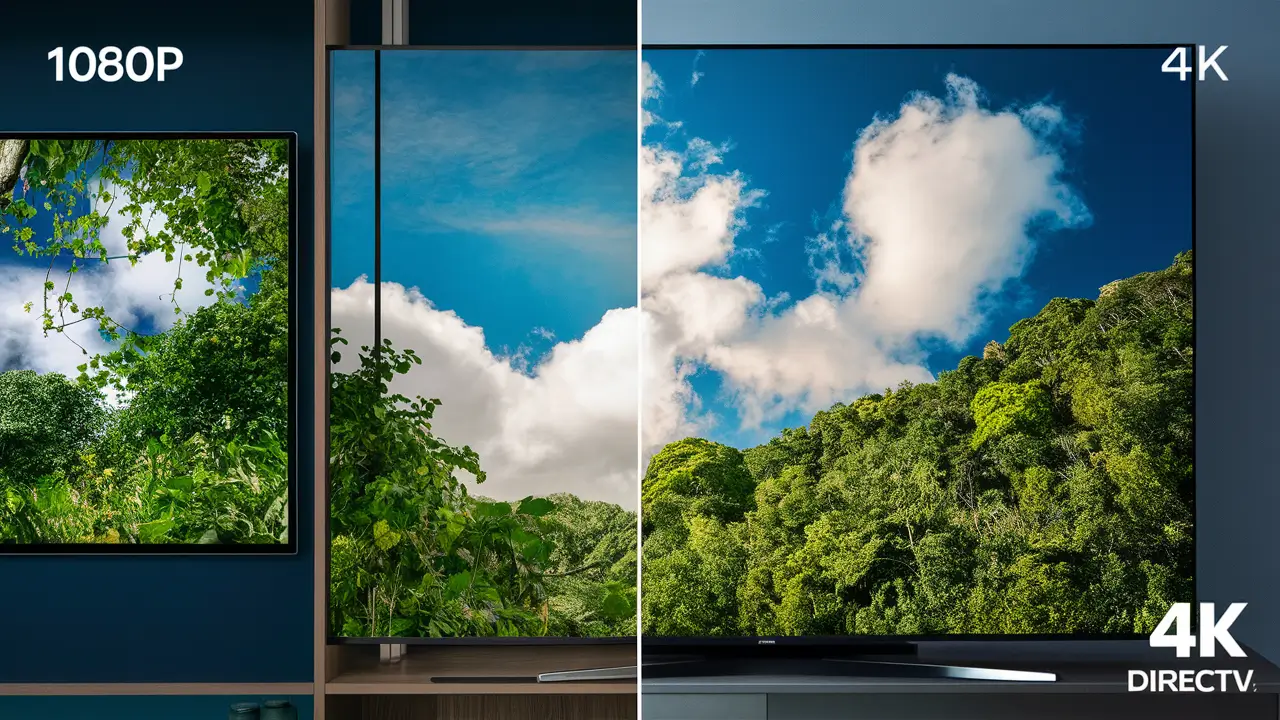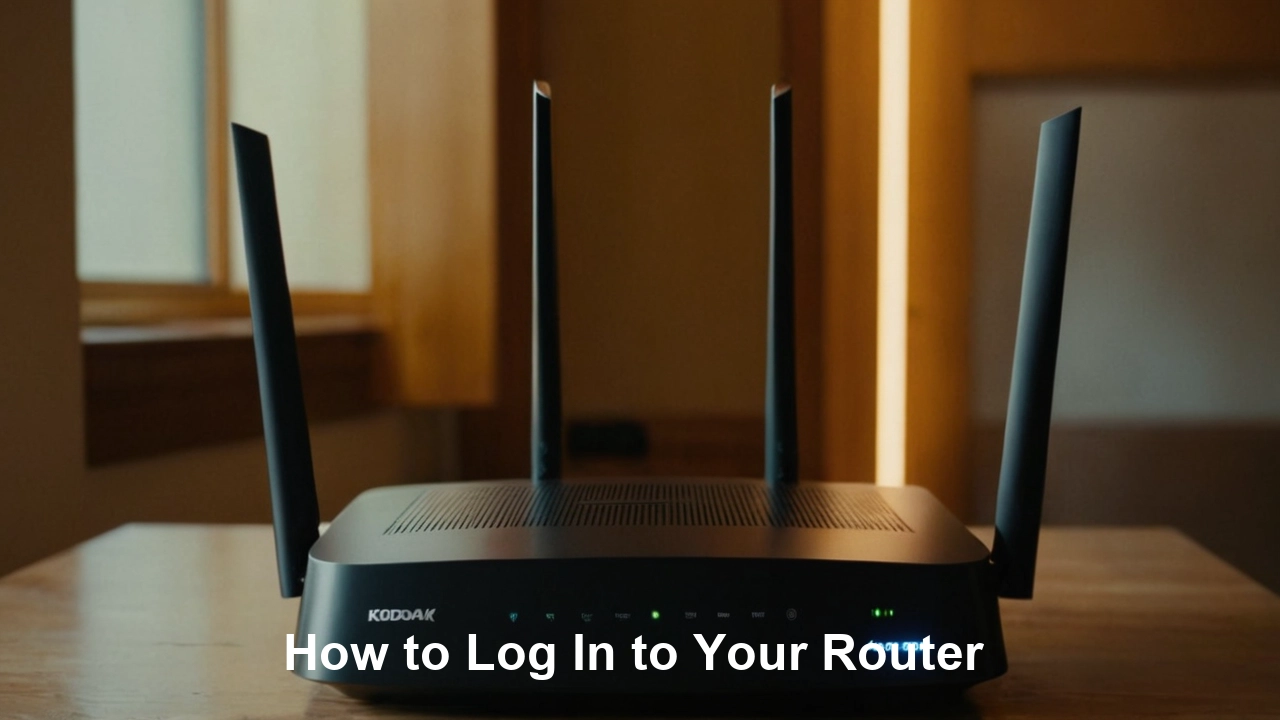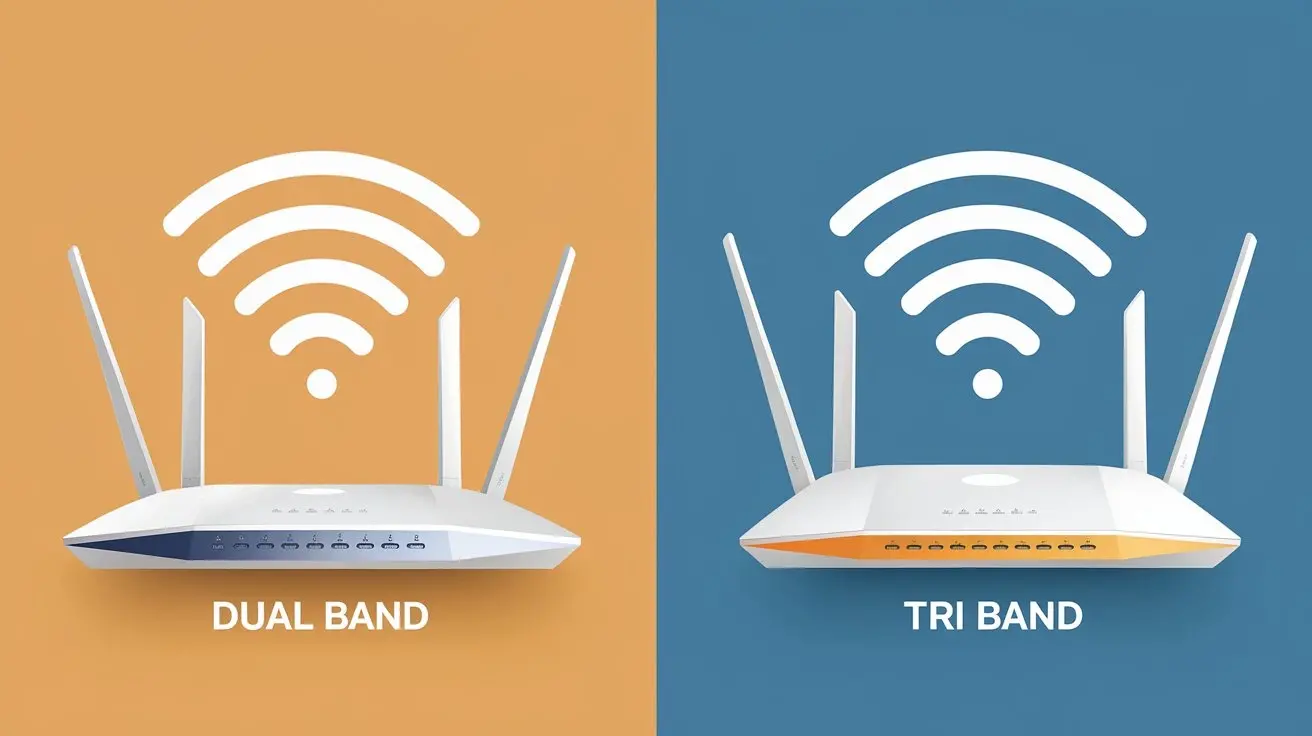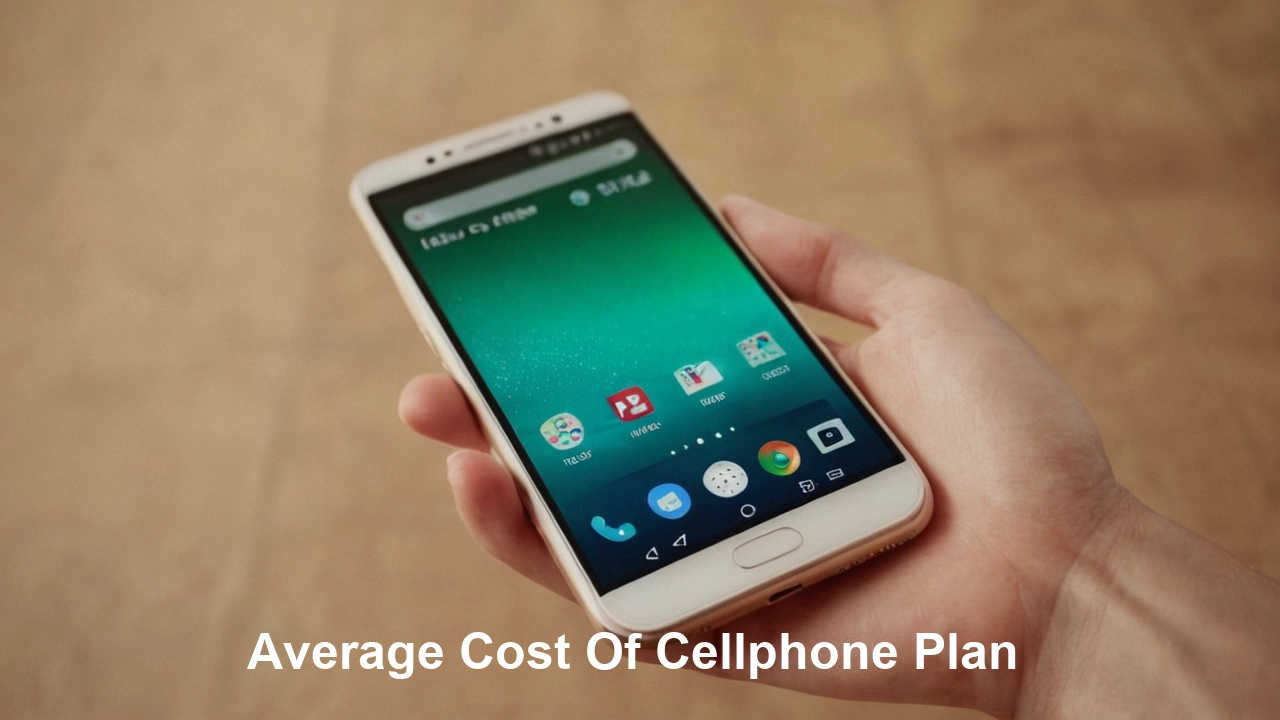
As TVs and monitors now boast resolutions such as 4K, the logical follow-up question is whether or not the average person can tell the difference between these higher resolutions and 1080p or similar. This article aims to compare 1080p and 4K resolutions and whether a layman without technical knowledge can discern the difference in normal lighting.
What is Resolution?
- Explains what resolution is and how it logically connects to pixel count and density.
- Gives a brief explanation of the numbers 1080p and 4K UHD about the resolution of displays
Variables That Influence Perceived Outcome
- Viewing Distance
The latter strongly depends on the average viewing distance. If you are near a large display, you might see details in 4K far more than in 1080p content. ‘For 1080p the suggested viewing distance is 1-1. 5 times the height of the screen, and for 4k it is 0. 5-0. 75 times the height due to higher pixel density. - Screen Size
Bigger screens are effective in making the difference in the resolution stand out. This is because a 50-inch 4K screen can offer more visible improvement to 1080p than a 32-inch screen. People who are in the market for big-screen TVs can get more out of 4k than 1080p. - Content-Type
The content format affects perceived detail. Native 4K videos recorded with 4K video cameras are easily distinguishable from upscaled 1080p videos. However, standard cable TV at 1080i/1080p does not appear to be significantly different from using 4K upscaling. - Sight and Vision
Younger audiences with perfect vision may be able to distinguish what older audiences who may have poor eyesight cannot. Hence only a few average consumers can differentiate between small changes in resolution.
Comparison between 1080p and 4K: Awareness and perception research
- Scientific Research Findings
Comparing the results of lab experiments with actual human behavior it can be stated that people place their chairs too far from TVs to gain from 4K, as the required resolution is almost impossible to find. ITU standards state that viewers require large displays and short distances to observe improvements. - Consumer Survey Results
A series of surveys conducted on 4K TV buyers indicated that most of the homes do not sit closer and, hence, prefer large screens for immersion rather than pixel density. True 4K content availability is still scarce and this also affects the potential of 4K. - 4K TV: To Upgrade or Not
Although 4K screens can show more detailed pictures, most households might not see the difference over 1080p TVs. However, 4K TVs sometimes provide better colors, brightness, and contrast. It implies that other features such as screen size, smart features, refreshed design, etc., will offer better value for the money. It is also logical to future-proof native 4K content if you plan on owning the TV in the long term.
Conclusion
- Proseses the key factors affecting visible improvement from 1080p to 4k for an average Joe.
- Enumerates other improvements in technologies of 4K TV models
- Recommends 4K for future needs and cases where larger displays/ closer viewing distance is anticipated
So although 4K is not dramatically superior to 1080p for most, it is a worthwhile upgrade when you look at the bigger picture.
Transform your viewing experience with DirecTV! Call us today at +1 855-213-2250 to explore our plans and find the perfect package for you. Our experts are ready to assist you and get you set up with top-notch entertainment. Don’t wait—contact us now!





